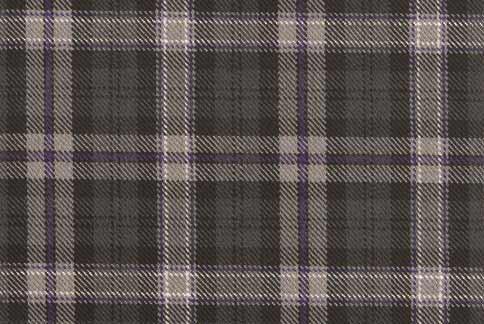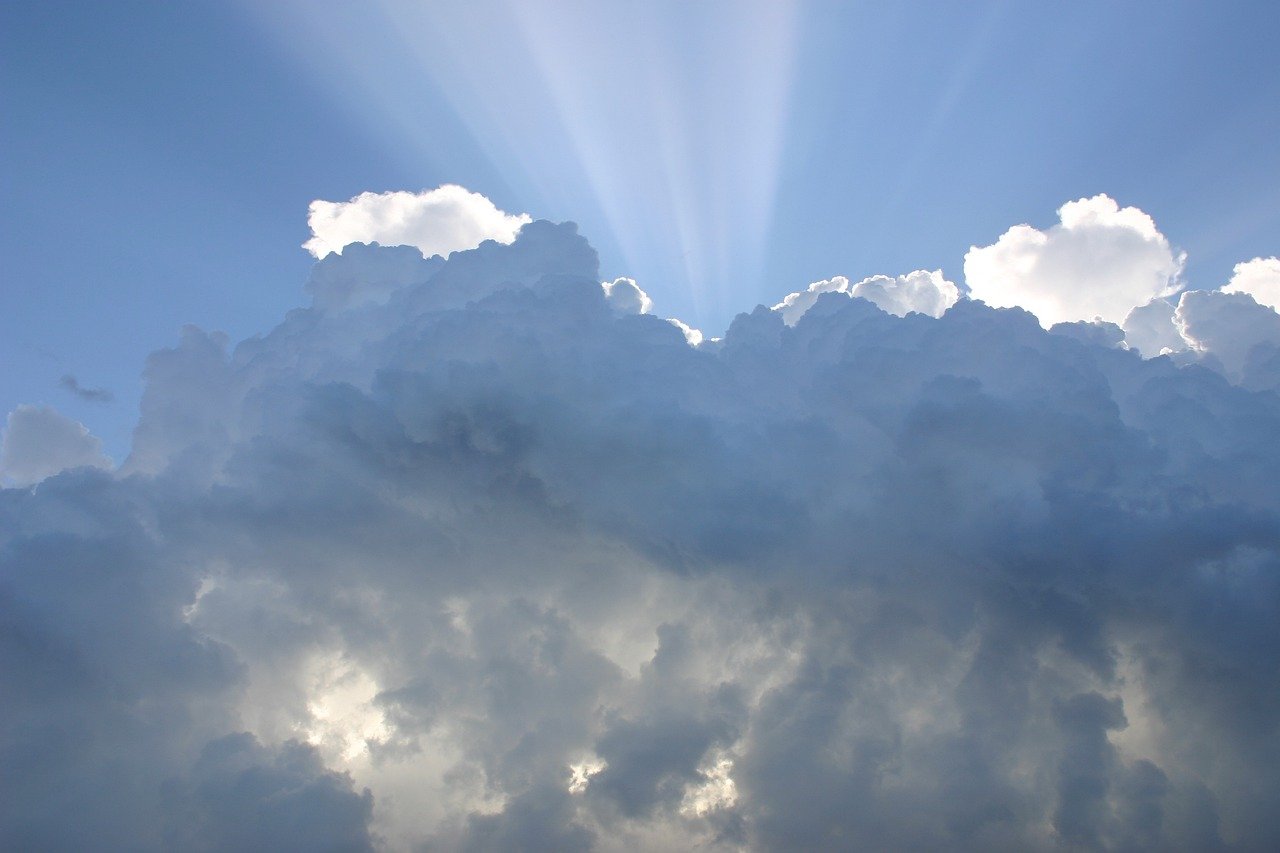The Black Scottish National Tartan stands out as a distinctive and symbolic pattern that symbolizes the unity and pride of Scotland. Traditionally, tartans feature crisscrossed horizontal and vertical bands in various colors. Each Scottish clan usually possesses a unique tartan that reflects their family history and identity.
However, the Black Scottish National Tartan serves as a national symbol open to all Scots and those who feel connected to Scotland, no matter their family background. This broad accessibility makes the tartan particularly significant, as it embodies the collective spirit and heritage of the Scottish people.
Moreover, this tartan prominently features black, lending a sense of strength and elegance. Designers have carefully selected additional lines of blue, green, and purple to complement the bold black. Each color carries deep meanings: blue for the vast Scottish skies and seas, green for the fertile landscapes, and purple for the heather that blankets the Scottish Highlands.

Significance of the Black Scottish National Tartan
The design of the tartan combines structure with dynamism. Its intersecting lines create a balanced and harmonious pattern. The predominant black color deepens the intensity of the other colors, rendering the tartan visually striking and recognizable.
Beyond its beauty, the tartan also serves as a marker of identity and pride. People wear it during national celebrations like St. Andrew’s Day and Burns Night, and incorporate it into daily items such as kilts, scarves, and ties. Wearing this tartan allows individuals to showcase their Scottish connections, celebrate their heritage, and share in a common national identity.
Consequently, the Black Scottish National Tartan is not just a traditional garment but also a vibrant emblem of unity and pride for Scotland. Its widespread appeal and profound cultural significance endear it to Scots and admirers of Scotland around the globe.
For a touch of Scotland in your reading list, be sure to check out the Jacobite Trilogy on Amazon.
For more posts about Scotland, check out the Scotland category of posts on this website.







